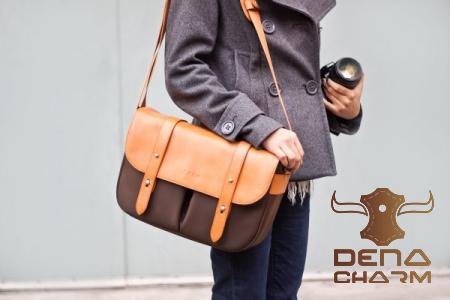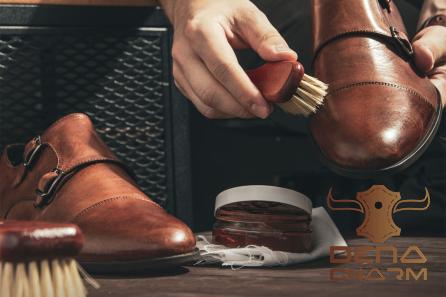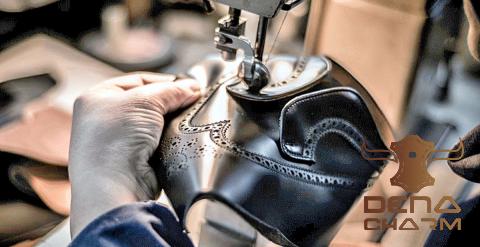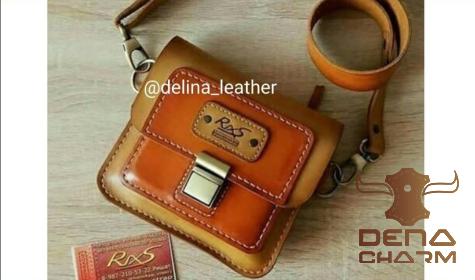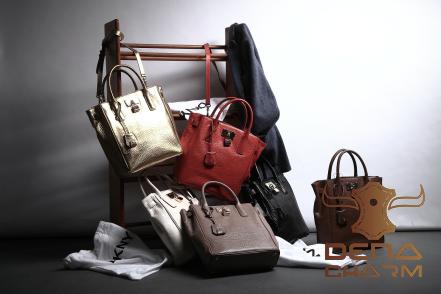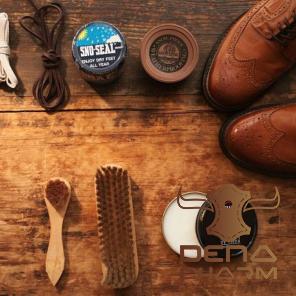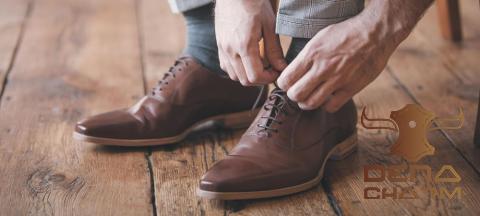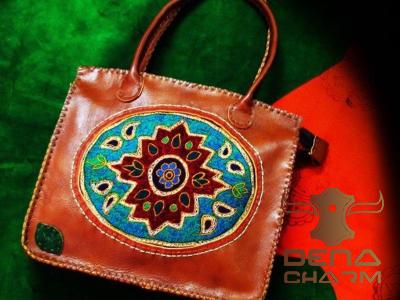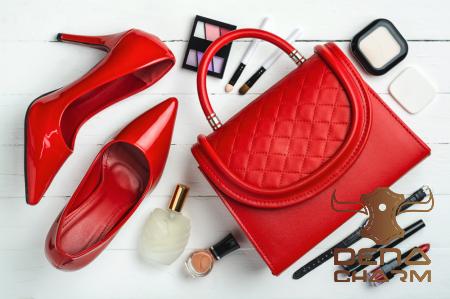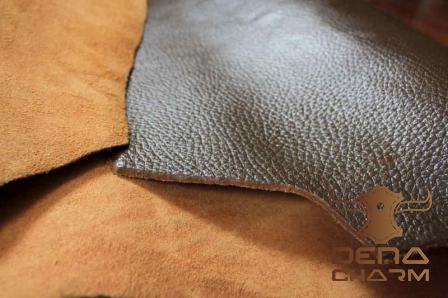Nubuck leather is a type of leather that is known for its luxurious texture and softness. It is often used in high-end products like shoes, jackets, and bags, as it adds a touch of elegance and sophistication. If you are looking to purchase nubuck leather, it is essential to understand the best types available and how it is made. In this article, we will explore the key factors to consider when buying nubuck leather, the best types to look out for, and the process involved in making this exquisite material. 1. Buying Nubuck Leather: When it comes to buying nubuck leather, quality should always be a top priority. Here are some crucial factors to consider: a. Thickness: The thickness of nubuck leather can vary, but it is generally recommended to choose a thickness that is between 0.8mm and 1.2mm. This ensures that the leather is strong and durable, while still maintaining its soft and supple texture. b. Color and Finish: Nubuck leather is available in a wide range of colors and finishes. Whether you prefer a natural, matte look or a more polished appearance, make sure to choose a color and finish that suits your personal style and intended use of the leather. c. Staining and Markings: Nubuck leather is susceptible to staining and marking due to its open grain surface. Therefore, it is important to inspect the leather for any signs of discoloration, scratches, or other imperfections before making a purchase. Quality nubuck leather should have a consistent and uniform appearance, with minimal visible markings. d. Softness and Texture: One of the defining characteristics of nubuck leather is its exquisite softness and plush texture. When buying nubuck leather, make sure to touch and feel the material to ensure that it meets your expectations in terms of softness and texture. 2. The Best Types of Nubuck Leather: Not all nubuck leathers are created equal. Here are some of the best types to look out for: a. Full Grain Nubuck Leather: Full grain nubuck leather is made from the top layer of the hide, which is the most durable and breathable part of the animal’s skin. This type of nubuck leather retains its natural marks and characteristics, adding to its authenticity and charm. b. Aniline Nubuck Leather: Aniline nubuck leather is dyed using soluble dyes, resulting in a uniform color throughout the leather. This type of nubuck leather is known for its silky smoothness and natural appearance, as the natural grain is preserved. c. Oiled Nubuck Leather: Oiled nubuck leather is treated with oils and waxes to enhance its natural beauty and provide additional protection against moisture and stains. This type of nubuck leather has a slightly darker and more rugged appearance. 3. How to Make Nubuck Leather: The process of making nubuck leather involves several steps to achieve its distinctive texture and appearance. Here is an overview of the process: a. Selection of Hides: High-quality hides are chosen, typically from cattle, based on their smoothness and uniformity. b. Cleaning and Removal of Hair: The selected hides undergo a thorough cleaning process to remove dirt, oils, and hair. This step is vital to prepare the hide for further processing. c. Splitting: The hide is split into two layers, with the top layer used for nubuck leather and the lower layer used for other leather products. d. Sanding: The top layer of the hide is sanded to create a velvety texture. This process removes the top grain, leaving the softer and more luxurious nubuck layer. e. Dyeing: The nubuck leather is dyed to achieve the desired color and finish. Aniline dyes are commonly used for their ability to penetrate and color the leather evenly. f. Finishing: The nubuck leather is treated with finishes to enhance its softness, durability, and resistance to stains and water. These finishes may include oils, waxes, or protective coatings. g. Quality Control: Finally, the nubuck leather is carefully inspected to ensure that it meets the required standards of softness, texture, color, and appearance. In conclusion, buying nubuck leather requires careful consideration of factors such as thickness, color, staining, and softness. By understanding the best types of nubuck leather and the process involved in making it, you can make an informed decision and choose a high-quality product. Whether you are purchasing nubuck leather for footwear, garments, or accessories, investing in this luxurious material will surely elevate your style and add a touch of sophistication to your wardrobe.
